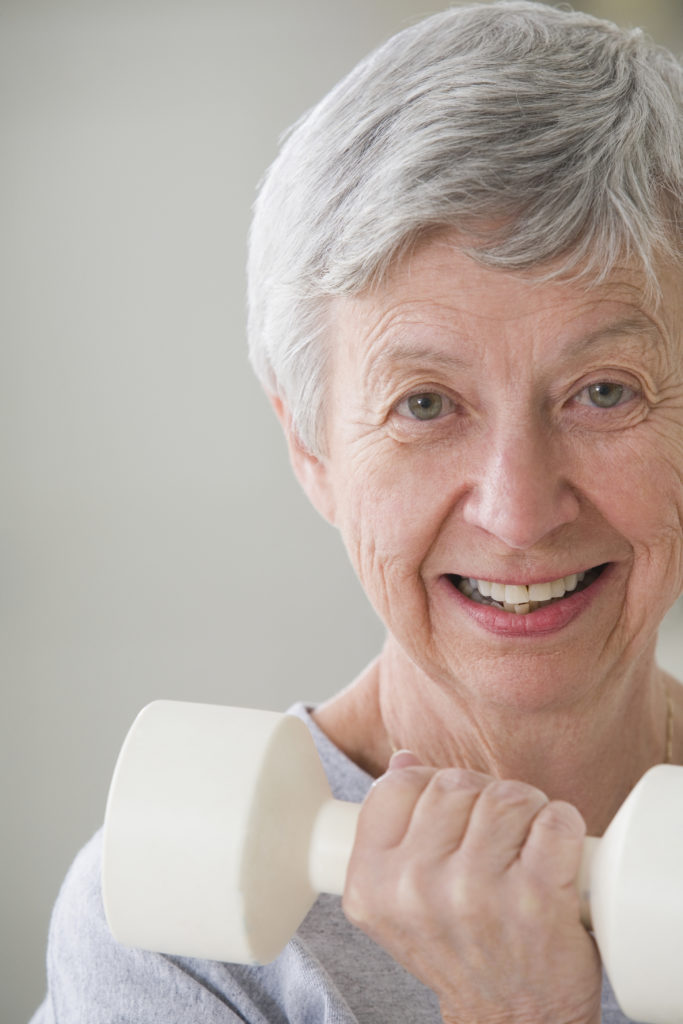
How exercise Benefits Older Seniors
New research from the University of Navarra in Spain shows that exercise can have a significant positive impact on older seniors.
Scientists recruited 24 adults aged 91–96 and divided them into a nonexercise control group and a “multicomponent” exercise group. The primary focus was to learn how exercise would impact “muscle power output, muscle mass, and muscle tissue attenuation; the risk of falls; and functional outcomes in frail nonagenarians.”
At baseline, subjects completed several tests to measure their strength, power, balance and gait. Sit-to-stand ability and injury rates were observed, as were lower-extremity muscle mass and muscle fat infiltration.
The exercise group met twice weekly for 12 weeks. Training sessions consisted of “muscle power training”— participants performed 8–10 repetitions at 40%–60% of 1-repetition maximum—along with balance and gait retraining.
By the end of the study, the exercise group participants had improved on all counts.
“The intervention group showed significantly improved [time-up-and-go] with single and dual tasks, rise from a chair and balance performance, and a reduced incidence of falls,” the authors explained. “In addition, the intervention group showed enhanced muscle power and strength. Moreover, there were significant increases in the total and high-density muscle crosssectional area in the intervention group.”
The authors concluded that strength, power, balance and gait training should be recommended to older seniors as a means of improving health and reducing injury risk. The study was published in Age (2013; doi: 10.1007/s11357- 013-9586-z).